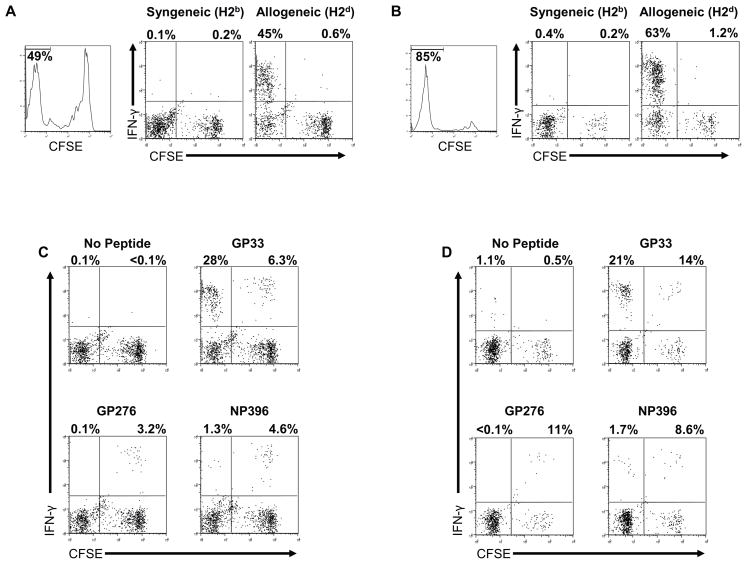Fig. 4. Implantation of an allogeneic cell line stimulates LCMV-specific memory CD8+ T cells to proliferate in vivo.
CFSE-labeled splenocytes (3 × 107) from LCMV-immune C57BL6 mice were adoptively transferred into naïve congenic recipient mice, which were inoculated with allogeneic (H2d) P815 cells 1 day later. Thirteen days after immunization, donor CD8+ T cells (CD45.2) from the spleens (A) and the peritoneum (B) of recipient mice were evaluated for division by dilution of CFSE, and the values represent the percentage of CD8+ T cells that are CFSElo. Recovered splenocytes (A) and peritoneal exudate cells (B) were incubated with either syngeneic (C57BL/6) or allogeneic (BALB/c) splenocytes for 5 h and then evaluated for the production of IFN-γ. Alternatively, recovered splenocytes (C) and peritoneal exudate cells (D) were incubated with the indicated LCMV-encoded peptides for 5 h and then evaluated for the production of IFN-γ. For the intracellular cytokine assays, samples were gated on CD8+ cells, and the values shown represent the percentage of either CFSElo or CFSEhi CD8+ T cells staining positive for IFN-γ.

